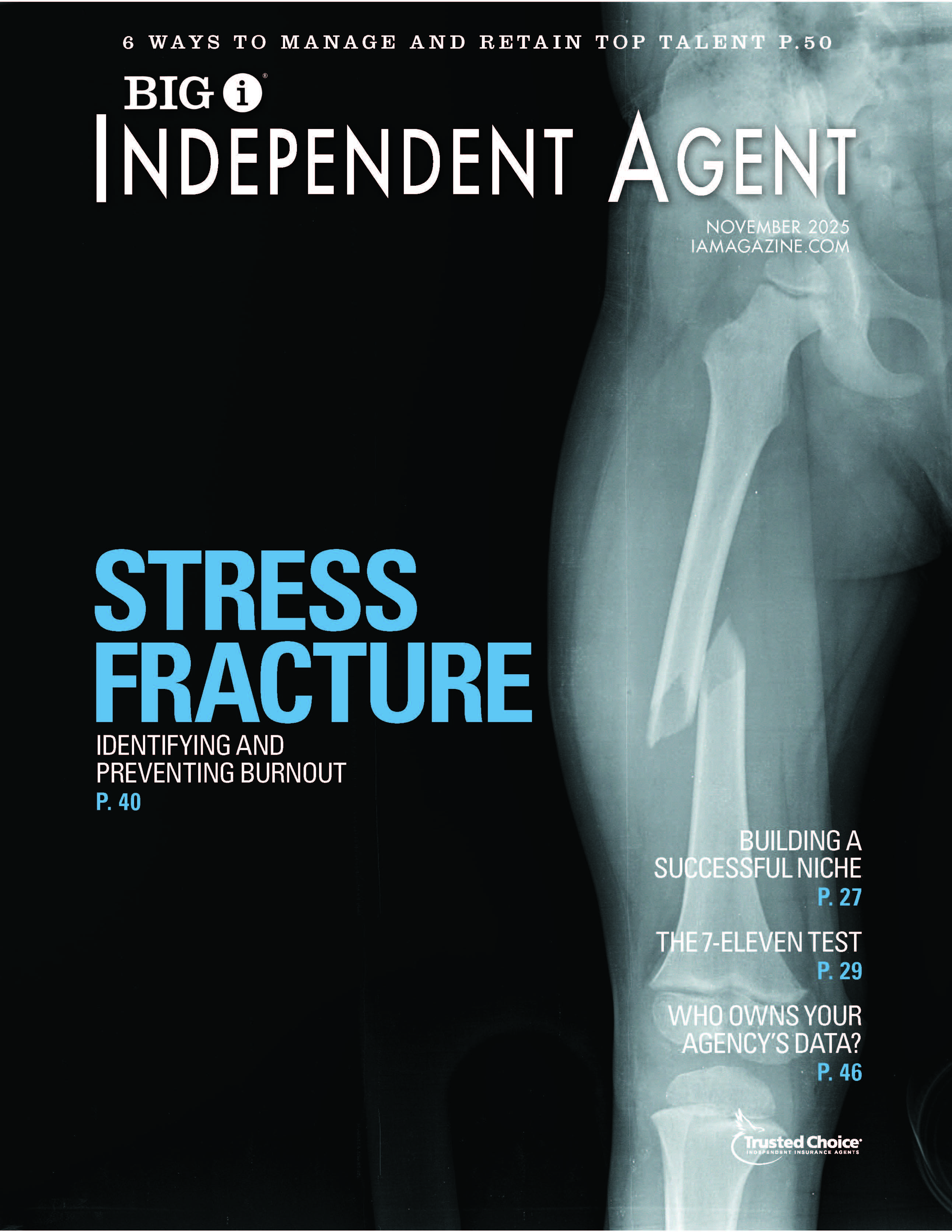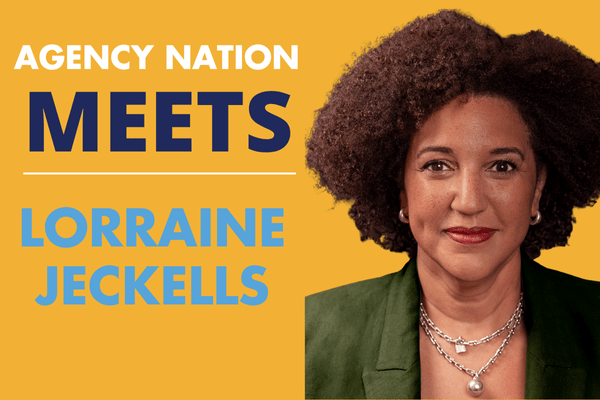New View
By: Jeff Fromm
You’ve heard it over and over: Millennials are self-absorbed, coddled social media gurus still living with their parents.
The children of millennials would probably beg to differ.
Surprised? Traditionally viewed as young and unattached, America’s oft-watched millennial generation has now grown old enough to be parents. The Duke and Duchess of Cambridge, who welcomed baby George last year, are perhaps the most high-profile example.
And assuming they’re all young and single isn’t the only misconception businesses have about the millennial generation. At best, the current assumptions about millennials are misleading. At worst, they’re completely false. New research reveals that millennials, especially those who have become parents, are a misunderstood generation with behavior and buying habits that run very contrary to popular perception.
“Millennials as New Parents,” a study conducted by Barkley, analyzed exclusive research records of U.S. millennials with children to see how starting a family has changed—or not changed—this generation’s behavior, values, media consumption and buying habits. Here are the myths circulating about millennials—and how you can bust them to benefit your business.
Millennials…
ARE YOUNG AND UNATTACHED. Among the older half of millennials—those between ages 25–34—10.8 million households now include children. With millennials accounting for 80% of the 4 million annual U.S. births, the number of new millennial parents stands to grow exponentially over the next decade. By ignoring millennials’ transition into parenthood, brands will find themselves channeling resources and money in the wrong direction.
ARE ALL THE SAME. The Barkley study’s identification of five distinct groups, or “orbits,” of millennial parents reveals new trends. The “Image First” orbit embodies widely accepted millennial behavior, placing a premium on brand names and continually stretching beyond their means to achieve a certain lifestyle. “Image Firsts” are immersed in technology and well educated, but their income level is low. Yet, the “Image First” orbit accounts for just 7% of all millennial parents.
OBSESS OVER “COOL.” Millennial parents are far more pragmatic than marketers realize. In one specific example, the data showed that before they had children, millennials over-indexed against the U.S. population with brands including H&M, Apple, Macy’s and Sephora. After they become parents, those brands don’t just drop lower on the priority list—they disappear altogether. Instead, millennial parents over-index against the U.S. population for brands including Dollar General, Kohl’s, Lowe’s, Wal-Mart and Value City. In fact, millennial parents favor Kohl’s and Wal-Mart more than Generation X and baby boomers.
When given the choice to shop at one store for the rest of their life, millennial parents gave a surprising answer: Between amazon.com, Wal-Mart and Target, millennial parents chose Wal-Mart. Even as the world’s most tech-savvy generation, millennials who have kids opted for the brick-and-mortar locations of Wal-Mart and Target over online darling amazon.com (high-income millennial parents chose Target, while middle- and low-income brackets chose Wal-Mart).
Millennial parents are more likely than previous generations to choose a brand that says something about them as a parent. Is this brand ethical? Does it support things I support? Millennial parents will ask themselves these questions, so brands who are vying for the market should be prepared with company background and as much information as possible.
ARE SELF-CENTERED. Millennials are one of the most socially compassionate generations ever. When shopping for products, 50% of millennial parents say they try to buy products that support causes or charities. The brands that win with millennial parents often help them feel better about themselves through purchases and brand engagement.
In fact, of the brands that millennial parents favor most—Nike, Target and Apple—every single one has a cause platform. Through the Nike Better World initiative, Nike addresses social issues including health and wellness, Native American culture and sustainability. Target is deeply embedded in the cause arena, focusing philanthropic efforts on education, hunger, health and the environment. Apple is an active member of Product (RED) and focuses a large part of its cause effort on sustainability.
CRAVE GLAMOUR. Shifting trust to different brands for their family’s sake is a common consumer behavior for millennial parents, who buy less on quality than on price in most categories. Dining out and entertainment show the greatest shift in millennial behavior: quality wins before parenthood and price wins after parenthood.
It’s easy to understand the shift. Today’s young parents are feeling the economic squeeze—54% are having a hard time making ends meet. Of the millennial parents asked to rate the statement “Since I became a parent, it’s a lot harder to make ends meet” on a scale of 1 to 7, the highest percentages voted above a 5, agreeing or strongly agreeing with the statement.
ARE TECH ROYALTY. Millennial parents barely break the 100 index on statements like “I try to keep up with the latest developments in technology.” Have they suddenly become Luddites? Hardly—the rest of society is just catching up with them. Digital integration is now taken as a given, a new normal. This means you are talking to people who simply want technology to make life better. Gadget envy is dying.
Millennials continue to remain heavily connected online even after they become parents. More than 35% of millennial parents claim to have posted on Facebook in the last day. Millennials have grown up online, so we can expect that as parents they will turn to Facebook, Twitter, blogs and more for help with parenting and to share their journey. Since millennial parents are in tune with their network of friends and family, it’s also important for brands to market to the influencers outside of the parents themselves. While turning to Facebook might be a way to target millennial parents, the parents will be relying on a friend’s Facebook post just as much as a post from a brand.
Millennials are often inaccurately portrayed through the prism of youth and all the character traits that go along with it—narcissism, rebellion and entitlement, to name a few. But a large portion of millennials have already grown up. By overlooking the fact that many millennials are now parents, you could miss changes in behavior and consumption that directly impact your bottom line.
Jeff Fromm is executive vice president at Barkley and co-author of “Marketing to Millennials: Reach the Largest and Most Influential Generation of Consumers Ever.”
SIDEBAR: Millennial Parents by NumbersMedian income: $50,000
Total labor force participation: 76%
Women labor force participation: 61%
Living in rural area: 20%
Living in suburban area: 51%
Living in urban area: 28%
Caucasian: 61%
Hispanic: 16%
Other minority: 11%
Portion of parents married: 63%
SIDEBAR: Make Millennials Love Insurance
You may feel like your marketing is doing everything right, but despite your efforts, you’re not reaching millennials effectively. Here are some tips you can try to earn more millennial love for your financial services and products.
Segment the millennial market—but not by age. Approaching millennials by age as a homogenous market limits your ability to demonstrate how your financial services products are relevant to their personal experiences. Millennials represent a highly diverse audience with complex, multiple sub-segments and experiences—which means age segmentation isn’t always the best approach. Instead, consider leveraging millennials’ shared life stage characteristics as a predictor of their financial behavior and product needs. Create and refine financial services messaging and timing to strategically appeal to your millennial markets based on what they’re doing and experiencing. Make your product marketing all about life stage needs. Millennials think in terms of buying a car, building credit, starting a business, getting married and having kids, so show them the “path” your financial products can offer.
Don’t try to be hip. Financial services and products are serious subjects for millennials. You risk coming off as untrustworthy if your messaging is not authentic. More than 63% of millennials have college degrees, so be smart and sophisticated. Don’t try too hard to emulate millennial cultural references. Use plain-spoken language to improve appeal and diverse, youthful imagery, and invest in professional and edgy design. Create content that takes advantage of the channels you use and the channels you know millennials pay attention to.
Target the parents of younger millennials. Don’t forget that younger millennials are still mostly “grown-up kids”—especially those under age 24. Parents influence millennials heavily (36% of millennials still live at home), with half of all millennials identifying their parents as their primary guide in shaping their financial views. Educating parents can be an opportunity to provide financial reassurances to millennials who may not independently understand or even trust your message or the financial services industry. But millennials demand transparency, so don’t hide the fact that you’re marketing to their parents.
Arte Levy is an account supervisor at Media Logic, a marketing firm focused on the health care and financial services industries.









